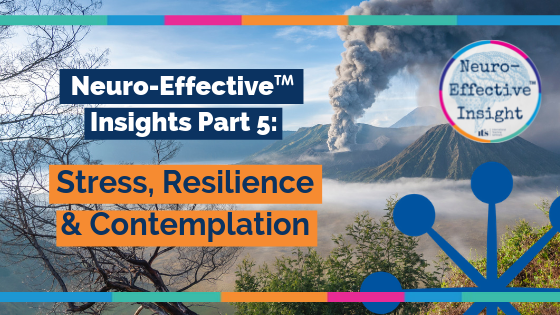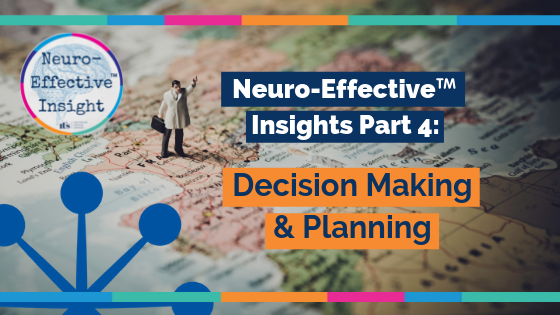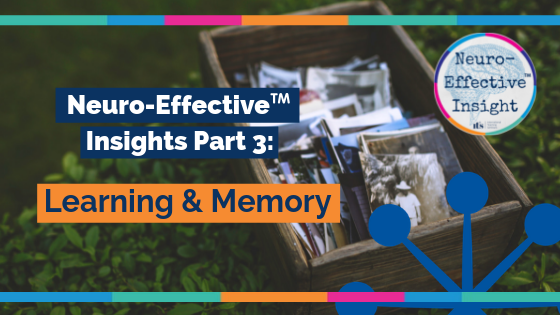When Clare’s baby is born every new experience she (or he) has will be coded across a network of neurons and synapses. In the first months of life this infant will use a lot of energy to create twice as many connections between neurons as s/he will eventually have in adult life. If an experience occurs frequently, the synapses will be kept. If not the synapses will disappear over the course of childhood.
In this way the baby’s brain will be sculpted by its own unique experiences. And this is true for every one of us. This extraordinary flexibility means we can each adapt to our individual version of the world we inhibit. To put it another way every baby develops the brain needed for its particular environment. However, a consequence of this is that we each create our own version of reality that is partly based on the individual experiences that we have had.
But it’s not just the new born infant whose brain is changing. Your adult brain is continually changing too. Most people are unaware of this. In the past few years the old view of the brain as a fixed asset with regions which could be knocked out has changed dramatically. Indeed some of the most common myths – like you can’t teach an old dog new tricks – have been comprehensively discredited.
It is not an exaggeration to say that most people’s beliefs about the brain are between 30-40 years out of date! Those out of date beliefs are actually holding people, teams and organisations back.
People need to know that every human brain – and thus every team – is capable of continually growing and adapting.
That’s why Professor of Applied Neuroscience Patricia Riddell and I first came together. We wanted to make sure people had access to current thinking and research – and then to provide the tools which enable you to implement brain based approaches both at at work and in your personal life. (And that’s why we created the ITS Certificate in Applied Neuroscience).
So much of what we do – be it as professionals or parents – is affected by how the brain works. Your brain is the driving force behind every thought, memory, emotion and behaviour that you have had or ever will have. So it would be smart to have a basic understanding of how you can work with your brain – and also make sure you’re not working against it.
To take just one example, neuroplasticity refers to the ability of your brain to literally reorganize itself by forming new neural connections. We now know this happens not just during the early years of life but that you can do this throughout the whole of your life.
Wouldn’t you like to know how to implement this finding in practice for you, your team and your organisation? Or to take another example, understanding even a little of what’s happening in the brain can give us new tools to engage quite differently with risk, uncertainty and ambiguity. The potential pay-off is enormous.
In challenging times when the road ahead is less than clear, people frequently focus more on potential risk. They might be perfectly happy to accept that same level of risk at other times but now they’re more twitchy. So what’s changed? Not just the world: the brain is actually processing risk differently. In this more fearful frame of mind, we can miss opportunities.
However, by working with our neural responses we can develop strategies that enable us to realistically reassess risk. This clear thinking also makes us feel quite different. And this can be the difference between taking the first step towards a successful venture – or being afraid to even try. Again, for us this is just something everybody should know about – and know how to do.
All our behaviours are coded in neural circuits and synapses. Just like Clare’s baby we can create new connections and networks – and that means we can replace inappropriate responses with new responses that are much more useful. For us it is incredibly satisfying to be able to show people why, when and how to do this.




Leave A Comment